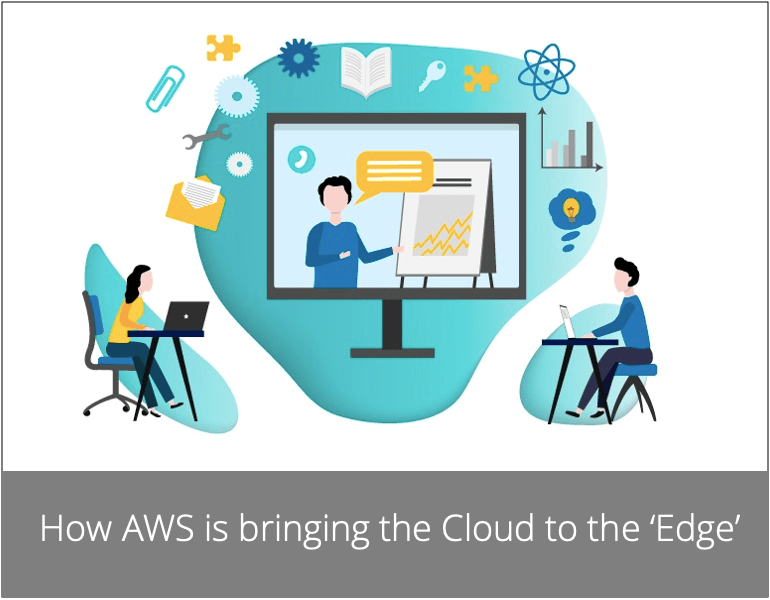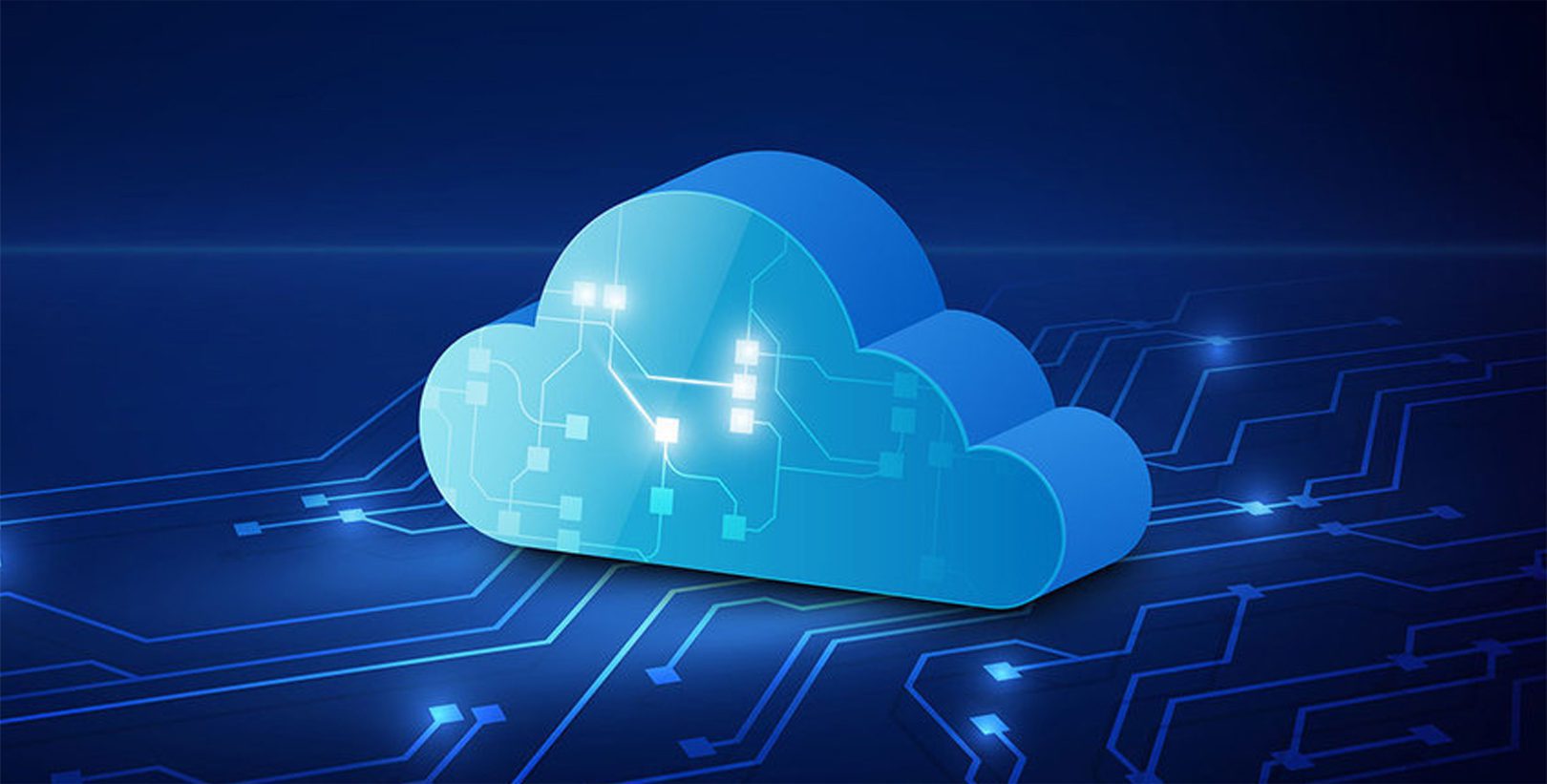Edge computing is a distributed computing framework that brings enterprise applications closer to data sources such as IoT devices or local edge servers with faster insights, improved response time and bandwidth availability.
Edge computing is touted to be the top-most transformational technology of the decade. The use cases of this technology have already moved beyond IoT to incorporate broader applications in virtually every industry. Changing market demands emphasize the need to distribute compute power closer to end users—to respond in real-time and enable better customer experiences.
How Edge Computing Works?
Edge computing leverages small containerized computing infrastructures with smaller and integrated servers to reduce the distance between the network’s processing and consumption point. Latency has been a big challenge with the Cloud, especially for AI-related workloads. Edge computing promises to solve cloud latency by making the ‘edges’ more sophisticated and intelligent.
Large, hyper scalers like AWS are addressing the need gap by bringing the Cloud to the edge to help enterprises respond faster and provide better customer experience. AWS aims to create a more distributed infrastructure for edge computing and low-latency applications.
At the centre of this mission to power edges with more computing, AWS is banking on key breakthrough technologies that will likely revolutionize edge computing in the coming days.
How AWS is bringing the Cloud to the ‘Edge’
1. AWS Outposts:
By now considered the building block for Amazon’s edge strategy, outposts are basically racks filled with turn-key AWS cloud infrastructure. Launched in 2019 to help enterprises deploy hybrid Cloud in their own on-premise data centres, Outposts are now being leveraged by AWS to provide actual edge computing experience to customers. Outpost racks are 80″ tall, 24″ wide, 48″ deep, and can weigh up to 2000 lbs. They arrive fully assembled and roll in on casters, ready for connection to power and networking.
This end-to-end single-vendor compute & storage solution is designed to meet the growing needs of businesses that need local processing and very low latency.
2. AWS Local Zones:
With Local Zones, AWS is bringing computing, storage, database, and other select services closer to locations where no AWS Region exists today—primarily metros. Its first Local Zone was launched in Los Angeles last year, aiming to help film and gaming companies based in the city. Following its grand success and increasing adoption, AWS has launched its second Local Zone in LA to provide customers with ultra-low latency—single-digit milliseconds. Some specific use cases AWS believes can benefit from Local Zones include media & entertainment content creation, real-time gaming, reservoir simulations, electronic design automation, and machine learning. Managed and supported by AWS, Local Zones offers customers all of the Cloud’s elasticity, scalability, and security benefits.
3. AWS Wavelength:
Wavelength is specifically designed to enable next-generation applications on 5G networks. With its partnership with telcos like Verizon, AWS Wavelength embeds computing & storage at the edge of the 5G network. This allows application traffic from 5G devices to reach servers running in Wavelength Zones without leaving the mobile carrier’s network. Immediate access to a range of cloud services at the 5G edge will allow startups, enterprises, and ISVs quickly build 5G applications, like industrial automation, smart cities, ML-assisted diagnostics, or autonomous vehicles—all of which need ultra-low latency access to end users or end-devices.
4. AWS IoT Greengrass:
Designed specifically for IoT use cases, Greengrass powers edge devices to act on the data at the source in real-time. Greengrass uses the AWS public cloud platform for storage, analytics and management—bringing a seamless integration experience. Greengrass’ local resource access feature allows Greengrass Core devices to use local device resources like cameras, serial ports, or GPUs so that device applications can quickly access and process local data.
5. AWS Snowcone:
Launched in June this year, Snowcone is the latest and smallest member of the AWS Snow family, designed specifically for use cases in remote environments where network connectivity is a challenge. This highly secure potable device weighs in at 2.1 kg with 8 terabytes of usable storage. Some critical use cases of the device include content distribution, industrial IoT, drones, video content creation and transportation. Customers can use this device or AWS Snowball to run edge computing workloads using AWS IoT Greengrass or Amazon EC2 instances, collecting, processing, and transferring data to AWS.
Think your business needs to get edge computing or cloud computing to its technology stack? Get in touch with the AWS cloud service provider experts at Rapyder today! Contact us now for a free consultation
Further Reading:
Turning Towards Edge Computing For Business Transformation
STAY UP TO DATE WITH OUR NEWSLETTER
Sign-up for our Newsletter to receive insights, research and expert articles on AWS Services, Cloud Migration, DevOps and other technologies.
[zcwp id=1]




